Ever dreamed of creating vibrant color laser engraved designs or achieving unparalleled detail on metal surfaces with MOPA laser vs fiber laser? Look no further than fiber laser technology! Fiber lasers offer a powerful and versatile solution for engraving and marking on various fiber laser materials, from metals and plastics to wood and even some organic materials. But with two main types available - MOPA laser vs fiber laser - choosing the best fiber laser one can be confusing.
This guide will delve into the world of MOPA vs. fiber laser for engraving, helping you select the fiber laser marking machine best build 30w for achieving stunning color laser engraved effects or exceptional precision in your engraving projects. Monport, a leading provider of high-quality fiber laser marking machine best build 30w options, offers both standard and MoPA models, including the powerful black laser marking spray 50W and 60W MoPA laser options we'll explore throughout this comparison.
Ready to start your laser journey? Use code VIP50 or BESTMP10 at checkout – click here to shop!

black laser marking spray
Read More : Fiber Laser Evolution: Monport's Latest GA MOPA Fiber Laser vs Omtech's Fiber Series
Understanding Fiber Laser for Engraving
Best fiber lasers utilize thin optical fibers doped with rare earth elements to generate a high-powered laser beam. Compared to traditional metal laser marking methods like mechanical engraving or chemical etching, a fiber laser engraving machine for metal offers several advantages for creating precise and durable black laser marking spray laser engraved designs:
Unlock your creativity today with Monport Fiber Laser Engravers! Use code VIP50 or BESTMP10 at checkout – click here to shop now!
- Precision and Detail: Fiber lasers produce incredibly thin and focused beams, enabling highly detailed engravings and sharp lines.
- Permanence: Fiber laser markings are permanent and resistant to wear and tear, making them ideal for applications requiring durability.
- Versatility: Fiber lasers can engrave on a wide range of materials, providing flexibility for various projects.
- Speed and Efficiency: Fiber laser engraving machine for metal offer fast marking speeds, improving production efficiency.
A typical fiber laser marking machine best build 30w consists of a laser source, a scanner system that directs the beam, and control software for setting parameters and design input of your fiber laser for engraving.
The Power of MOPA vs Fiber Laser Technology
MOPA (Master Oscillator Power Amplifier) is an advanced type of fiber laser that incorporates additional components to achieve greater control over the laser pulse. This MOPA fiber laser engraving machine for metal enables unique capabilities compared to a standard fiber laser setup—making the MOPA vs fiber laser decision crucial depending on your project’s needs.

MOPA vs. Fiber Laser: A Feature Showdown
Here's a breakdown of key differences between MOPA Fiber Laser and standardfiber laser engraving machine for metal:
| Feature | MOPA Laser | Standard Fiber Laser |
|---|---|---|
| Pulse Characteristics | Adjustable pulse width for finer control over engraving depth and detail. | Fixed pulse width, offering less control over detail. |
| Power and Speed | Can achieve higher peak power for faster marking or deeper engraving on some materials. | Generally excels in faster processing due to simpler pulse structure. |
| Color Laser Marking | Capable of achieving color laser engraving effects on certain metals through controlled heat modulation. | Limited to grayscale markings on most materials. |
| Applications | Ideal for intricate details, color marking, or delicate materials like thin metals or plastics. | Well-suited for faster processing, simple marking, or applications where color laser engraving is not a priority. |
Selecting the Best Fiber Laser for You
Choosing the best fiber laser engraver for your fiber laser material boils down to your project needs:
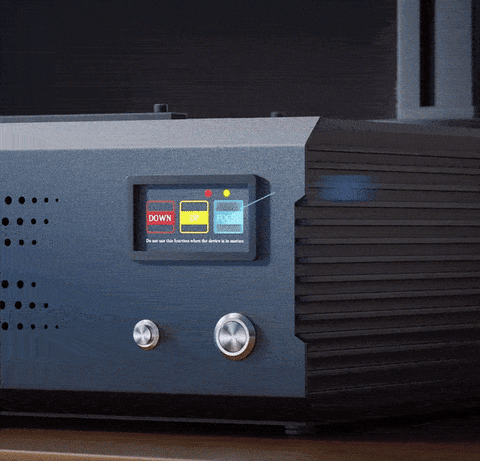
- Prioritize precision and detail? A MoPA laser might be the ideal choice, offering finer control over engraving depth and the potential for color marking.
- Focus on speed and simple marking? A standard fiber laser could be sufficient, providing fast processing and effective grayscale marking on various materials.
- Yearn for color laser engraving effects? While material-dependent, MoPA lasers offer the potential for color marking on specific fiber laser material, opening doors for unique creative applications.
Monport Best Fiber Laser Engraver Features
Building on the comparison of MoPA Fiber Laser vs. standard fiber lasers and Monport's features, let's delve deeper into specific Monport models to help you visualize their capabilities in black laser marking spray laser engraved projects:
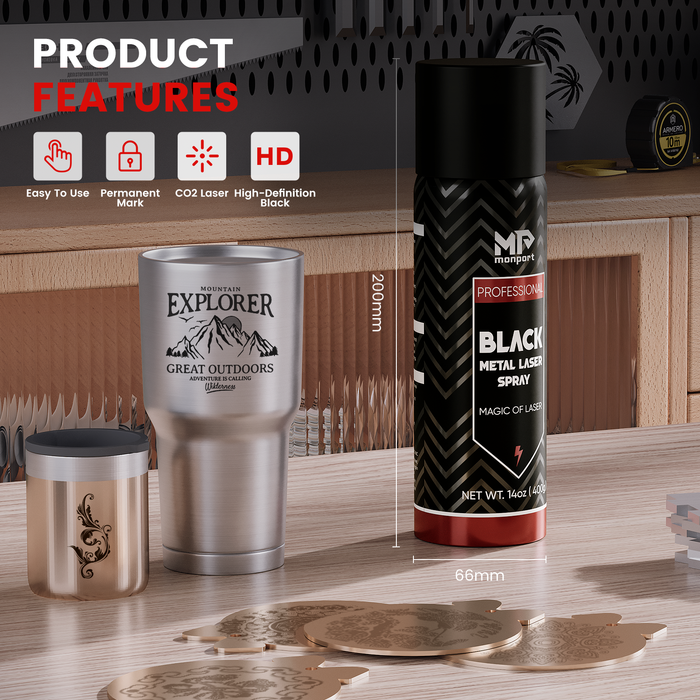
Monport 50W Fiber Laser Engraver
- Ideal for: This versatile model caters to a wide range of projects, from simple marking to intricate engravings on various materials.
- Power: The 50W laser source offers ample power for effective engraving and marking.
- Standard Features: Includes all the core functionalities mentioned previously, like Galvo-tech control, Raycus fiber laser source, pre-assembled design, and user-friendly workspace.
- MoPA Option: Monport also offers a 50W MoPA fiber laser engraver version of this model, unlocking the benefits of adjustable pulse width for finer detail control and the potential for color marking on specific metals.
Monport 60W Split MoPA Fiber Laser Engraver & Marking Machine
- Ideal for: This high-performance model excels at tackling demanding projects requiring exceptional detail, depth, or the possibility of color marking.
- Power: The powerful 60W laser source delivers faster processing speeds and the ability to achieve deeper engravings or explore color marking capabilities on compatible materials.
- Advanced MoPA Features: In addition to standard features, this MoPA fiber laser engraving machine for metal model boasts adjustable pulse width and higher peak power potential for precise control and potential color laser engraving and marking applications.
- Additional Highlights: The 60W MoPA fiber laser engraving machine for metal features a premium Sino-Galvo SG7110 galvanometer for enhanced stability and marking speed, alongside an easy-to-use red light preview function for precise engraving placement.
By understanding the core differences between MoPA and standard fiber lasers, along with the specific features offered by Monport's 50W and 60W models, you can make an informed decision for your next laser engraved project. Here's a quick guide:

- For detailed engravings, potential color marking, or working with delicate materials: Opt for a Monport MoPA fiber laser engraving machine for metal (50W or 60W) to leverage the benefits of adjustable pulse width and color marking capabilities.
- For faster processing of simpler engravings or projects where color is not a priority: A Monport standard fiber laser (like the 50W model) might be sufficient, providing efficient marking and user-friendly operation.
Frequently Asked Questions (FAQ):
- Which laser is better, MoPA or fiber?
There's no single "better" option. MoPA lasers offer more control for intricate details and potentially create color effects, while standard fiber lasers excel in speed and basic marking. Consider your project needs - detail and color versus speed and simplicity.
- Can a fiber laser engrave in color?

Standard fiber lasers typically create grayscale markings. However, the best fiber laser engraver, like MoPA lasers, has the potential to achieve color laser engraving effects on specific metals through controlled heat modulation. The material itself plays a significant role in color outcome, especially when paired with black laser marking spray.
- What materials can a fiber laser engrave on?

Fiber lasers can engrave on a wide range of materials, including metals (stainless steel, aluminum), plastics (ABS, acrylic), wood, and even some organic materials (leather).
- Are fiber lasers safe?
Fiber lasers emit powerful beams. Always wear laser safety glasses and operate the machine in a well-ventilated area. Refer to safety manuals and regulations for proper use.
Conclusion

Monport's fiber laser marking machine best build 30w options, available in both standard fiber lasers and MoPA fiber laser configurations, cater to a wide range of laser engraved applications. By considering your project requirements and the detailed features outlined above, you can select the ideal fiber laser marking machine best build 30w to unlock your creative potential and achieve stunning results in laser engraved creations.
Ready to elevate your laser engraving game? Don't miss out! Use code BESTMP10 at checkout for exclusive savings – click here to shop the best fiber laser engravers now!



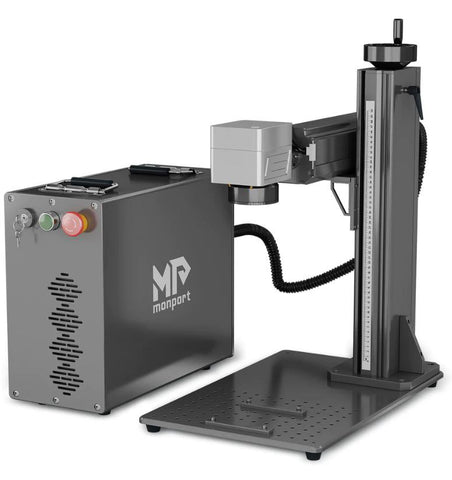
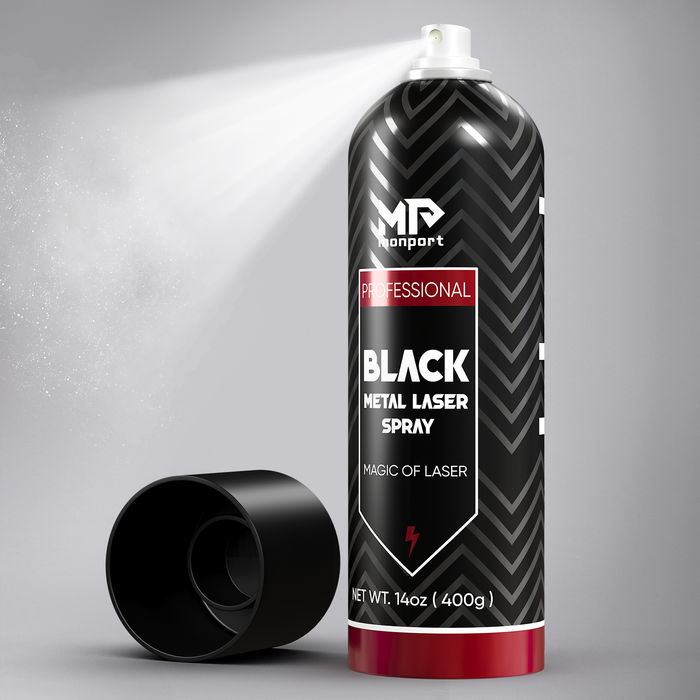
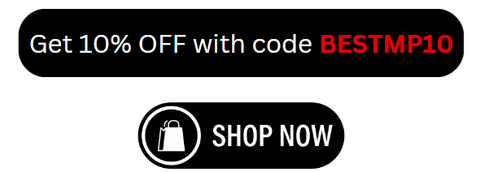






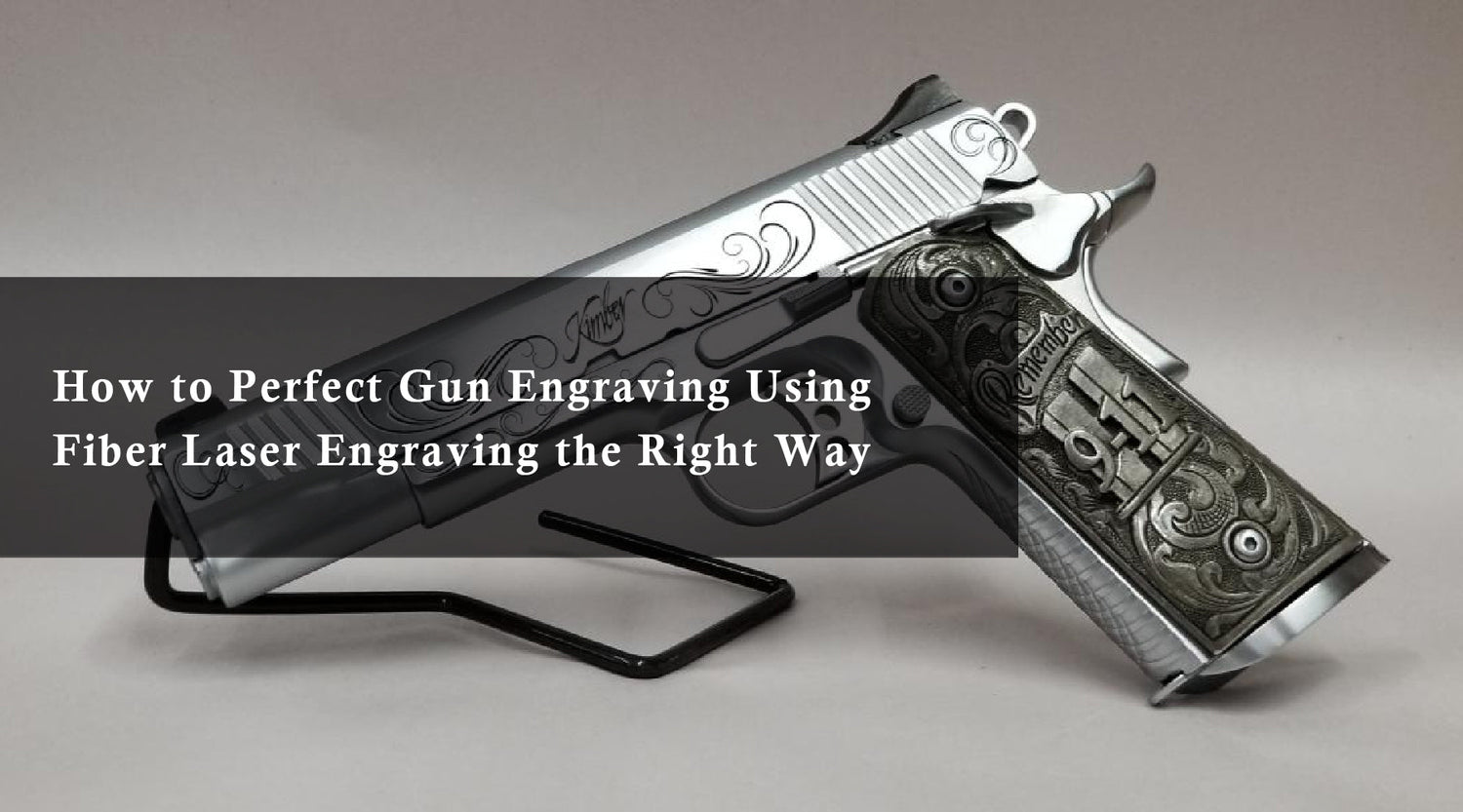
1 Comment
Can your MOPA version engrave 3D